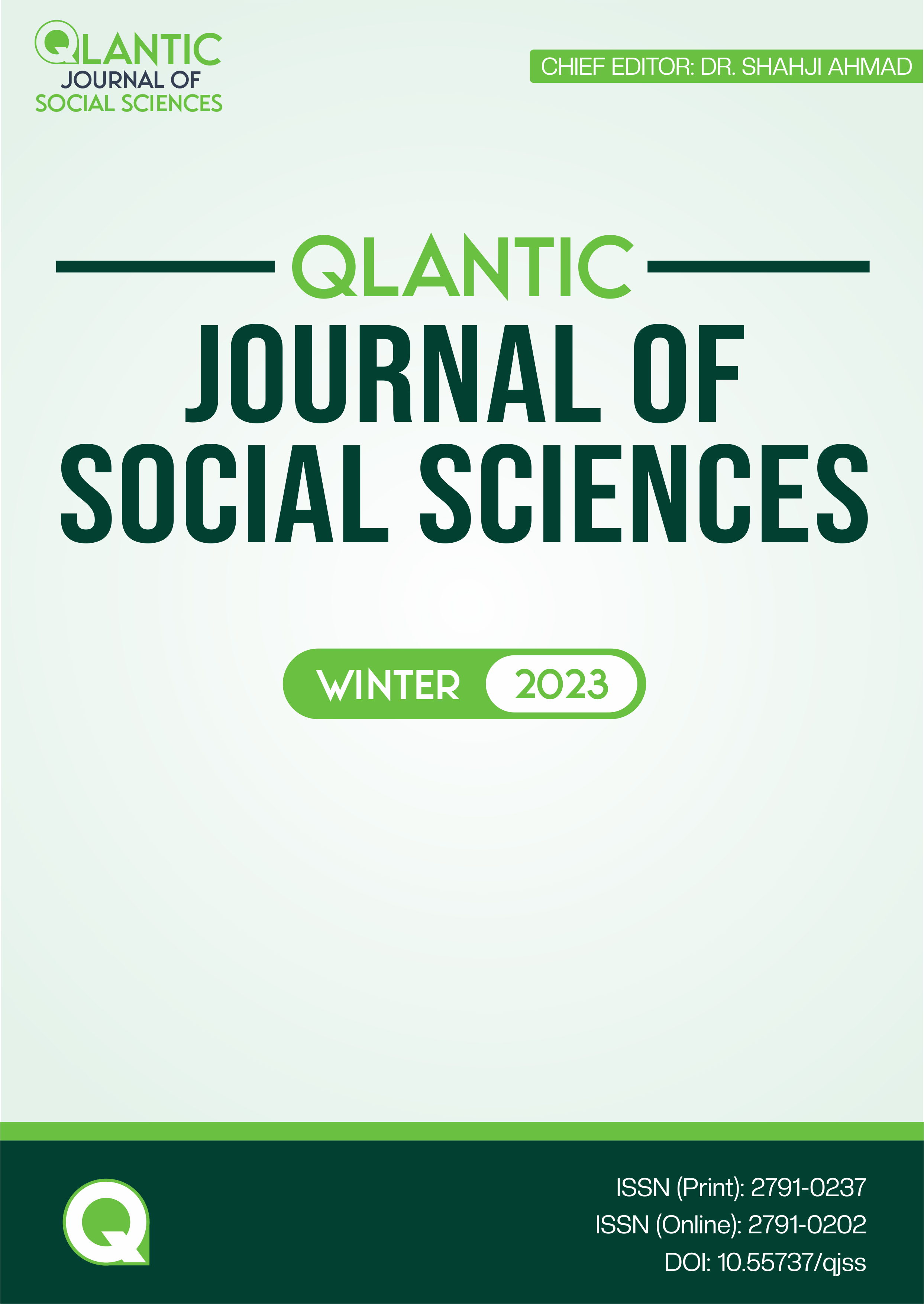Assessing the Training Needs of Faculty Members at the University Level: A Case Study of University of Loralai
DOI:
https://doi.org/10.55737/qjss.647706057Keywords:
University Faculty, Students, Loralai, Balochistan, Training Needs, PakistanAbstract
The present study was planned to assess the training needs of faculty members at the university level. The study was delimited to the University of Loralai only. The main objective of the study was to assess the training needs of teaching staff at the university level. The population of the study was the teachers of the University of Loralai city. 12 teachers from the university were taken as a sample. The questionnaire was constructed, which included different areas, i.e., personal, educational/and professional development of faculty members. The study assessed training needs in critical areas such as classroom management, lesson planning, preparation of question papers/tests, marking of papers/tests, use of library, computer skills, internet use, research skills, technology integration, and ethical decision-making. Addressing these areas through targeted training programs is crucial to meet the expressed needs of the teachers and improve their overall effectiveness in their roles. To address these areas, the study recommended that universities enhance the professional competencies of their faculty, which ultimately leads to improved teaching quality, student engagement, and overall academic excellence.
References
Abd Alāli, N. (2012). Academic staff’s training needs in Imam Mohammad Bin Saud University from their perspectives. Dirasat: Educational Sciences, 39(1), 17- 32. https://archives.ju.edu.jo/index.php/edu/article/view/3168
Abdul Hafiz, S. (2013). A proposed training program to integrate technology in education faculty members at private jordanian community colleges. According to their training. Dirasat, Educational Sciences, 2, 1483- 1492.
Alanzi, S. (2010). Training requirements for faculty members in Saudi Universities emerging from their point of view. Journal of Reading and Knowledge, 109, 237- 262.
Al-Asmar, M. (2009). Faculty professional development needs: future Perspective. Journal of Umm Al-Qura University for Educational and Psychological Sciences, 1(2), 234- 249.
Al-Dougan, K. (2010). The quality of a university professor requirements. Third Arab Conference of Arab Universities, Challenges and Prospects, Sharm Al-Sheikh, Egypt.
Ali, S. (2008). Faculty Development Program for Universities of Pakistan: The Need to Develop a Model. Unpublished Doctoral Thesis. University of the Punjab. Pakistan: Lahore.
Al-Sabbag, R. (2014). Training Courses [Online] :http://www.abahe.co.uk/notions-training-courses.html.
Al-Sakarneh, B. (2011). New trends in training. Amman: Dar Al-Maseerah For Publication, Distribution, and Printing.
Al-Sulaiman, A., & Al-Najjar, A. (2014). Kuwait University Faculty Members’ use of the internet in educational process and scientific research. Educational Journal, 28(110), 99- 140.
Armstrong, M. (2006). A handbook of human resource management practice. London: Kogan Page Ltd.
Bell, B., & Gilbert, J. (2004). Teacher Development: A Model from Science Education. Routledge Flamer., J. (2002). Training needs assessment: A must for developing an effective training program. Public Personnel Management, 31(4), 569-578. https://doi.org/10.1177/009102600203100412
Elewa, S. (2001). Identification of training needs. Cairo: Eatrak for Publishing and Distribution.
Elzubeir, M. (2011). Faculty-led faculty development: Evaluation and Reflections on a distributed educational leadership model. Center for Organ Transplantation, 22(1), 90-96.
Harris, B. (1980). Improving staff performance through in-service education. Allyn and Bacon, Inc, Boston., I. (2005). ICT-Pedagogy integration in teacher training: Application cases worldwide. Educational Technology & Society, 8(2), 94-101.
Maria, F., & Rafael, C. (2010). Faculty attitudes and training needs to respond new-European higher education challenges. Higher Education, 60(1), 35- 62. https://doi.org/10.1007/s10734-009-9282-1
Mitchell, G. (1987). The trainer’s handbook. The AMA guide to effective Training. New York: A Macom, a division of America Management Association. 5(4), 385-391. https://doi.org/10.1002/hrdq.3920050410
Morsi, M. (2001). Recent trends in the contemporary university education and teaching methods. Cairo: World of Books.
Rothwell, W., & Sredle, H. (2000). The ASTD reference guide to workplace learning and performance. 3 ED. Vol.1 .Mehers, Mass: HRD press.
Sadik, A. (2007). The readiness of faculty members to develop and Implement E-Learning: The case of an Egyptian university. International Journal on E-Learning, 6(3), 433- 453.
Saeed, F., & Othman, I. (2014). Training needs for staff members in educational college in Sudan according to Edwards Deming critical’s of quality: A case study of faculty of education university of Khartoum. Arab Journal to Ensure the Quality of University Education, 7(15), 3- 34.




